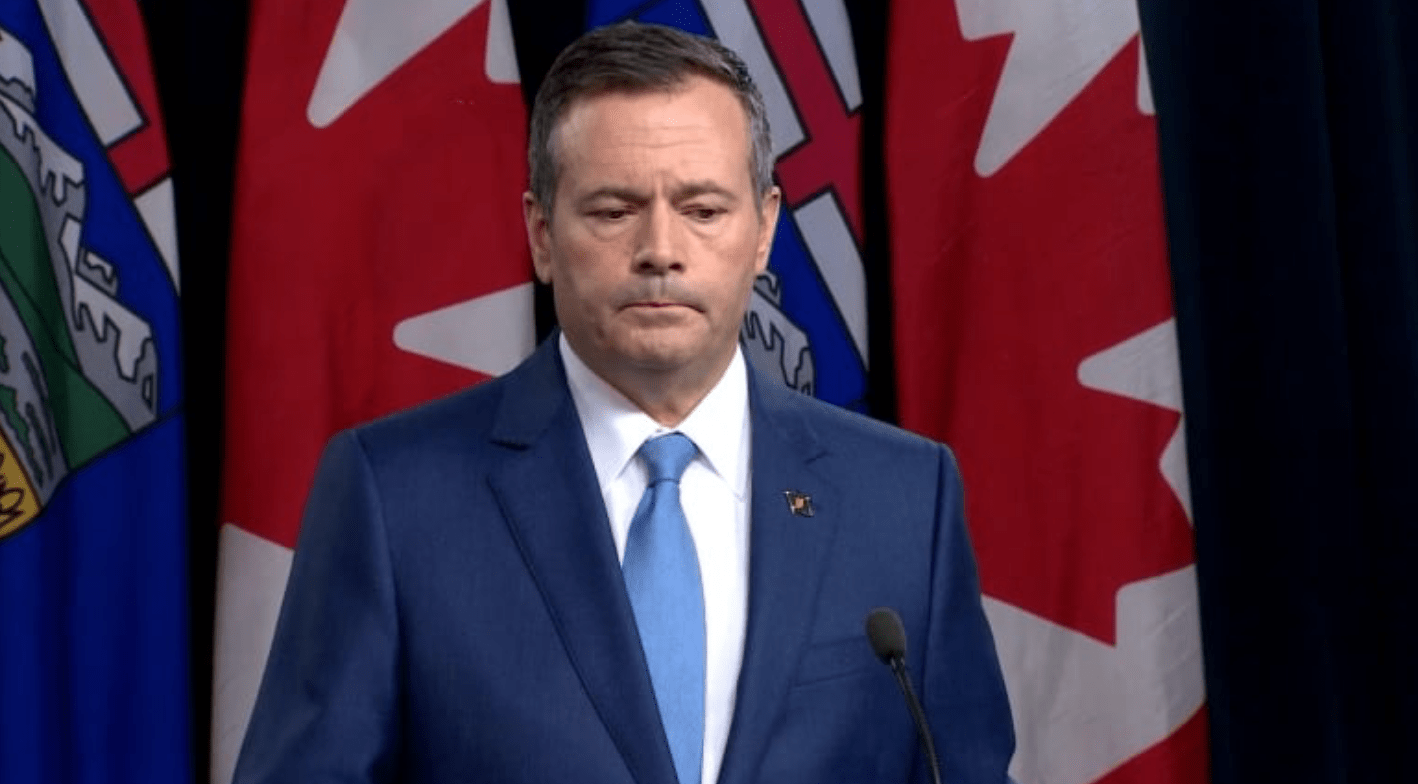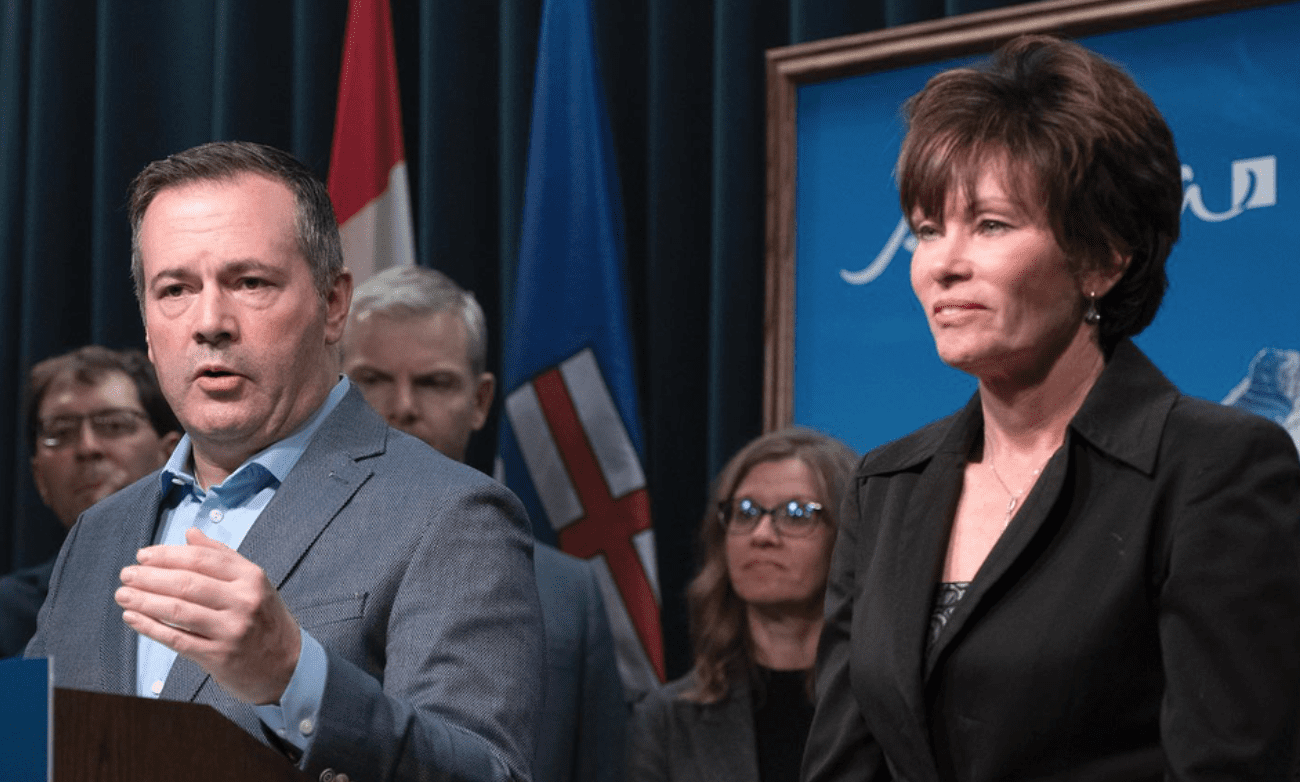For decades, Albertans have heard often from people outside of Alberta that they put too much faith in oil and gas. The world won't need it forever, after all, as newer and cleaner sources of energy become increasingly viable. For the time being, the industry is becoming less reliant on human labour, turning instead to advanced machinery and the people who know how to operate it, dimming job prospects for humble tradespeople. And energy is still a boom-and-bust commodity, which makes resource royalties a poor substitute for more consistent sources of government revenue than, say, a provincial sales tax. All this would not matter as much if Alberta's government had started pursuing a more diversified economy long ago.
In response, a common refrain is that a province can't simply decide to diversify its economy. We all know what happens when governments try to plan economies from the top down. Just create the ideal conditions to do business, and diversification will happen naturally. Sure, some of those conditions are far beyond anyone's control, such as Alberta's distance from seaports, which makes manufacturing more difficult. But geography matters less to service-based industries, and service is the direction in which the global economy has been heading for years.
Given this very reasonable rebuttal, you would think Alberta's politicians would do everything possible to attract investment from non-manufacturing sectors or, at least, to avoid actively repelling it. Yet, in the past week, two major Canadian companies have signaled that increased pro-Wexit sentiment in the province is becoming a major push factor. The first is Calgary-based airline WestJet, helmed by CEO Ed Sims, who says talk of separation and firewalls feeds into a perception of uncertainty that investors, naturally, prefer to avoid. The second is Toronto-based online writing platform Wattpad, which chose Halifax over Calgary for its newest office, citing Wexit as a concern in a written statement.
Reactions from Alberta politicians were indignant. Striking back at the British-born Sims, Conservative MP Michelle Rempel released an eight-minute video accusing him of being "super tone-deaf" to the concerns of Alberta energy workers, rejecting his parallels to the economic impact of Brexit and his contention that provincial politics, not just Prime Minister Justin Trudeau, is to blame for investor reluctance. Meanwhile, the office of Alberta Economic Development Minister Tanya Fir struck back at Wattpad, glossing over the company's Wexit comments and accusing them of "looking for government handouts" of the type that the Alberta government previously cancelled, and that the Nova Scotia government was happier to provide.
It is worth noting here that, for all their talk of the greater efficiency of lowering corporate taxes, the government has been happy to offer and extend targeted relief to the energy sector, not to mention targeted promotion. Fears of an Alberta firewall may be speculative. The government's blatant favouritism toward one industry is reality.
In both Rempel and the provincial government's view, the best way to support struggling energy workers is threefold: by letting every bit of anti-federal resentment fester without recourse, by disavowing the Alberta government's responsibility for Alberta's market attractiveness, and by doing whatever it takes to restore the oilpatch to its most recent boom state which, somehow, is in their power while diversification is not. They treat the economy as a zero-sum proposition between energy and everything else, ignoring the possibilities that "everything else" may offer to the underemployed. And in musing about creating their own versions of programs already offered by Ottawa, they contribute to a reputation for political instability among investors, including those in the very oil and gas industry whose confidence they crave the most.
But I suspect these pols would rather not hear this from me, a Winnipeg-born columnist who now lives in a community that prefers whales to oil. Let's hear it from the Calgary Herald's Rob Breckenridge:
According to Statistics Canada, 18,000 jobs were lost in Alberta last month. It's safe to say — depending on how loosely we're defining this term, I suppose — that a "fair deal" with Ottawa would not have saved a single one of them. . . . It would be unfair to blame [Premier Jason] Kenney for the latest jobless numbers, but, at some point, he will and should be held accountable for the state of the economy. . . . let's not let the push for a so-called "fair deal" distract us from what's really needed at the moment: jobs and economic growth.
Photo Credit: Edmonton Journal
Written by Jess Morgan








